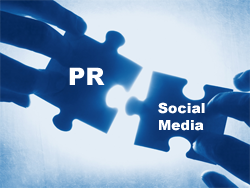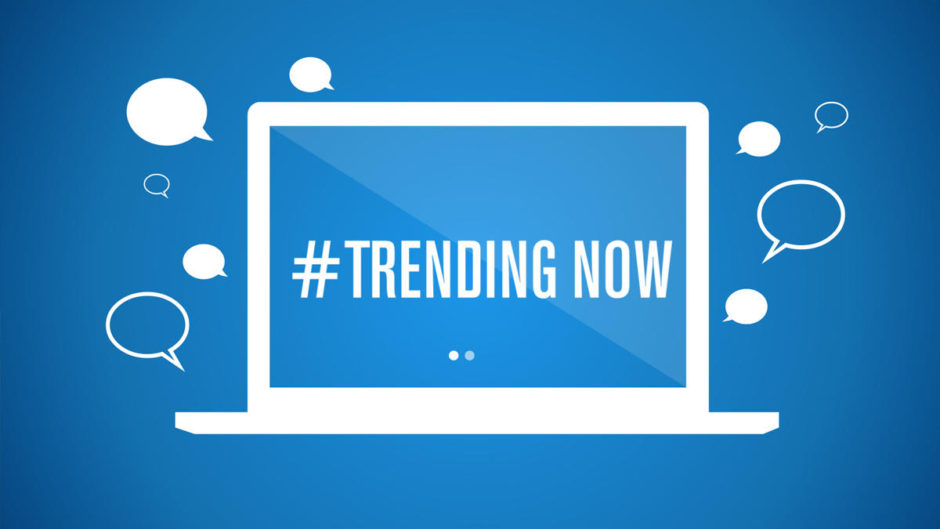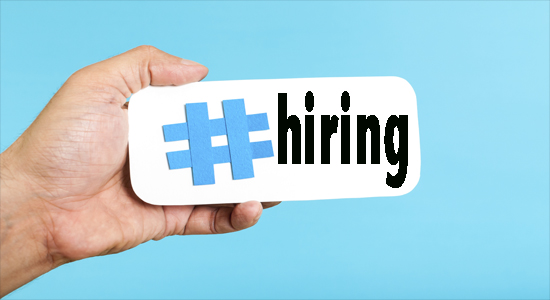Reflections from Sisson 3280
If you are a public relations student at Auburn, you need to take the Social Media and PR class. It is vital in preparing you for your career as a PR practitioner. The world is digital and for people in the world of communications, being well-versed in social media and content management is a must.
This class was not a simple lecture and test class. Instead, it improved my writing, required me to engage on Twitter with my classmates and gave me experience working with clients.
Twitter resurgence
B efore this class, my Twitter had greatly dwindled over my four years of college. Very few of my friends use Twitter regularly so there was never a need for me to communicate on this outlet.
efore this class, my Twitter had greatly dwindled over my four years of college. Very few of my friends use Twitter regularly so there was never a need for me to communicate on this outlet.
However, Twitter is one of the staple social media sites that most PR practitioners incorporate into their social media strategy. This class required that I create three organic tweets each week as well as respond to three classmates’ posts.
Overnight my Twitter account experienced a resurgence, and I was active again. Not only that, my feed was now full of social media rich content. Because of this class, my Twitter account is now a great source for any communications or marketing individuals looking for quick tips.
I may no longer be required to Tweet weekly, but now I want to continue the conversation online with my classmates and different social media influencers I have met over the course of this class.
Refined writing skills
In addition to the tweets, I had to write a blog post about a social media topic weekly. As a PR major this assignment seemed like a breeze. After completing my Style and Design class as well as my internship with Auburn which required me to write regularly,  this did not intimidate me at all.
this did not intimidate me at all.
However, this writing was different. In the past, my writing was based on interviews with quotes from people I encountered. Here, I had to create my own content while also incorporating research from key sources.
While this requirement seemed like an opportunity to share with others my social media knowledge, in reality, it refined my writing skills and opened up a new area of writing for me. It gave me the opportunity to expand my knowledge of social media management and strengthen my writing.
Client experience
This semester, our class also partnered with the School of Communication and Journalism to help improve their presence on social media.
 During this time, my group and I did both secondary and primary research as well as performed a communication audit to better understand the school’s current practices. Beyond that, we formulated a plan for them to increase content and better reach their target audience.
During this time, my group and I did both secondary and primary research as well as performed a communication audit to better understand the school’s current practices. Beyond that, we formulated a plan for them to increase content and better reach their target audience.
This was a huge learning experience for me because it allowed me to apply what we learned in class to an actual client. My group and I created a full report and will present to the school’s social media managers at the end of the semester.
This final project brought together everything we learned throughout the semester and therefore allowed me to create a campaign that best served the School of Communication and Journalism.
My biggest takeaway from this class is that social media is here to stay. Public Relations practitioners need to embrace the digital age and continue to grow their social media knowledge. A company with a strong brand presence online will always be a strong competitor.
I want to give an extra special shout-out to Dr. Sission who taught the Social Media and PR class. From PR Fundamentals to Multimedia Writing for PR to this class, you have been a huge influence on my education and future career. Thank you for investing in me. I will see you online. #Sisson3280





























